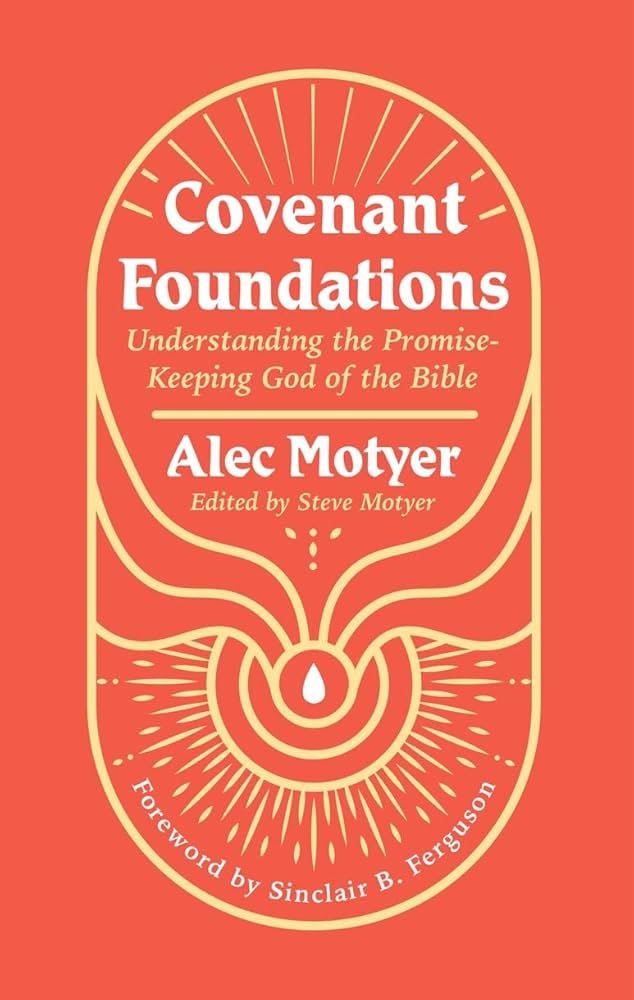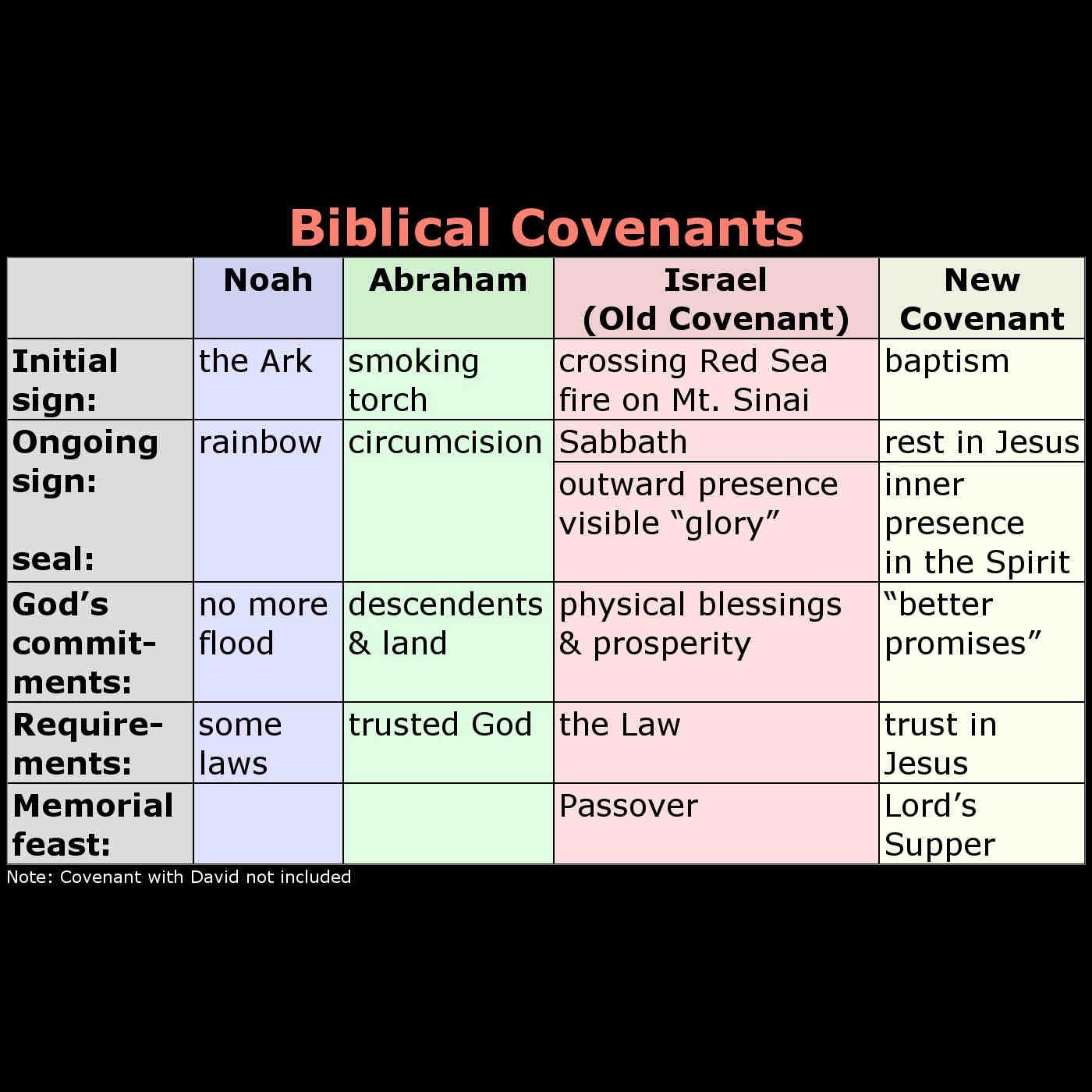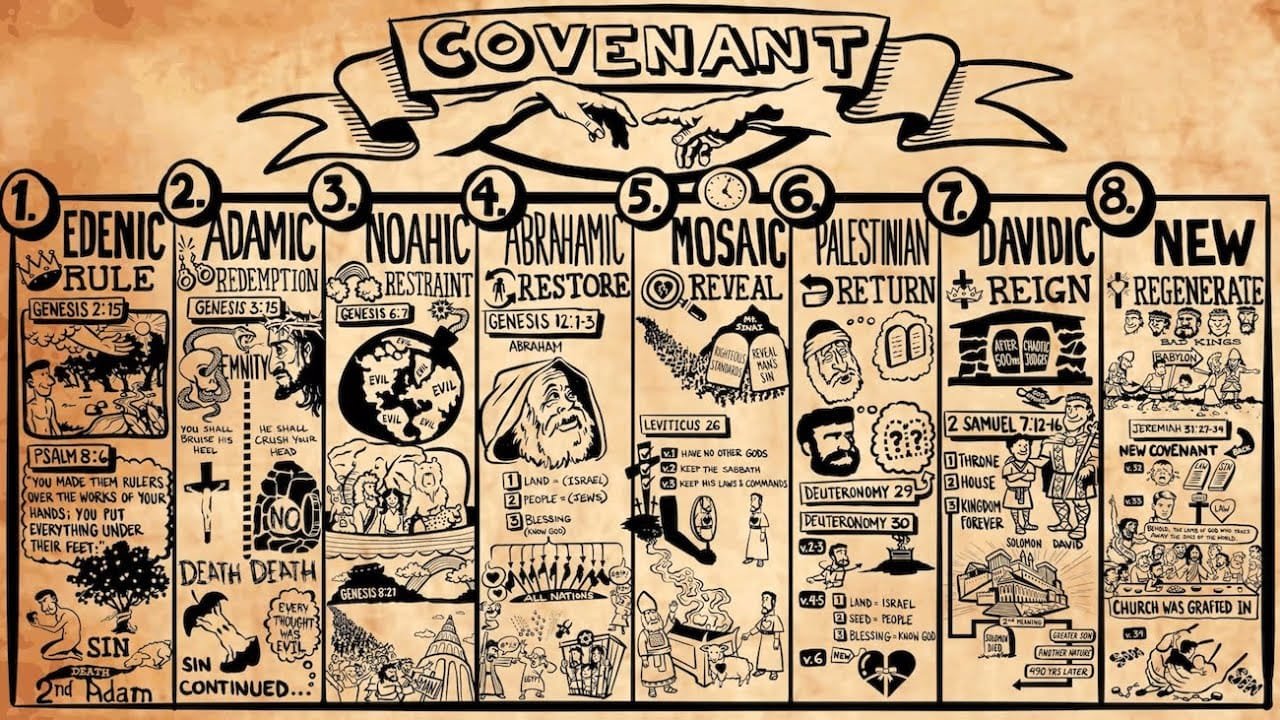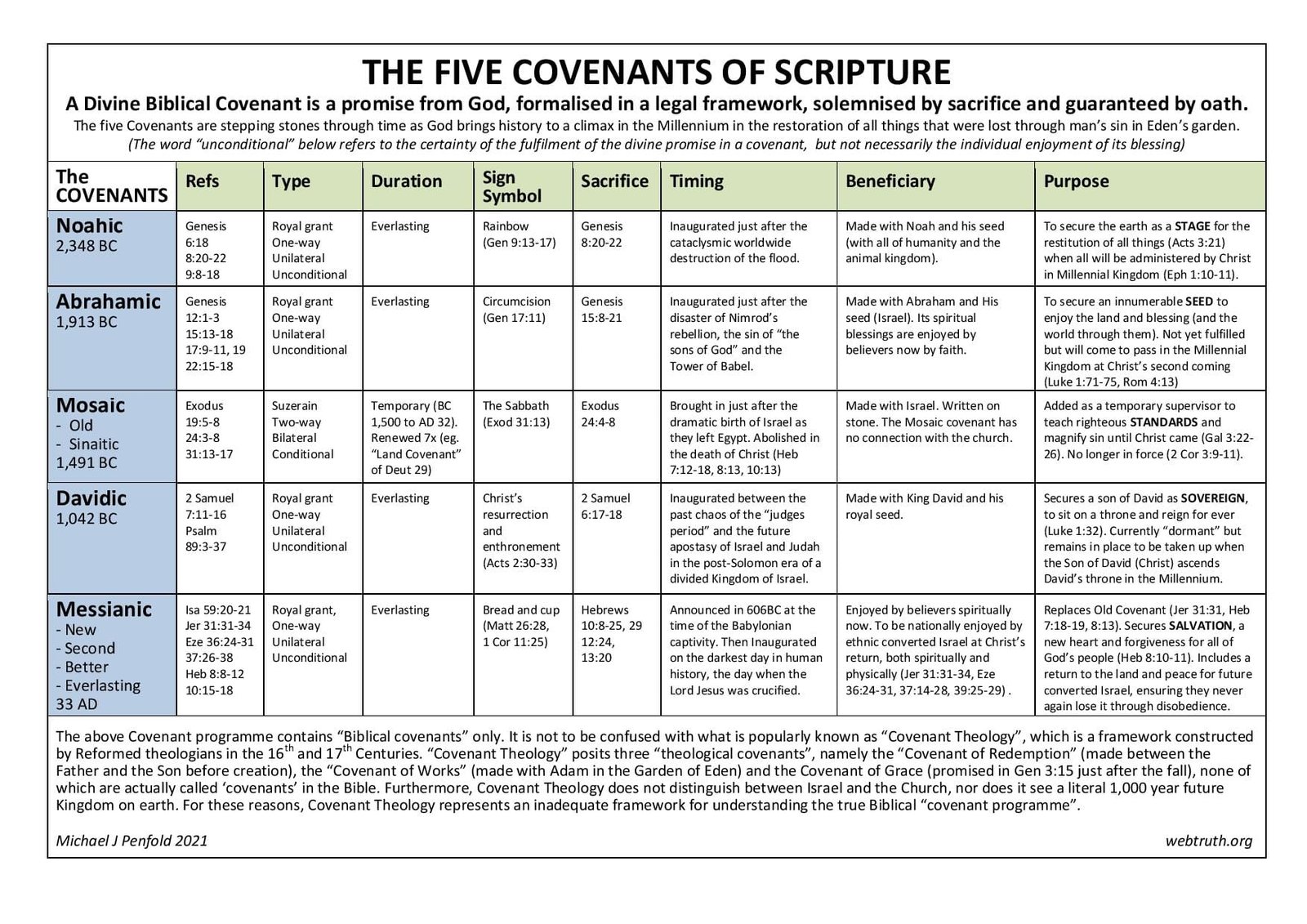The Significance Of The Exodus Story In Christian Faith
The Significance of the Exodus Story in Christian Faith
Have you ever wondered why the Exodus story holds such a pivotal role in Christian teachings and history? It’s not just a tale of liberation, but a profound narrative with layers of spiritual and moral meaning. Understanding its significance can illuminate many aspects of Christian faith and its practices. In this article, we delve into why this ancient story resonates so deeply with Christians today, exploring its theological impact, historical context, and lessons for living a faith-driven life.
Broad Overview of the Exodus Story
The Exodus story, found in the Old Testament, details the journey of the Israelites as they escape from slavery in Egypt under the leadership of Moses. This narrative spans from the oppressive rule of Pharaoh to the miraculous parting of the Red Sea, culminating in the Israelites’ journey toward the Promised Land. According to biblical records, over 600,000 men, along with their families, were liberated, marking it as one of the most significant acts of deliverance in religious history.
This tale of freedom resonates deeply within Christianity, symbolizing spiritual liberation and the covenant relationship between God and His people. The journey signifies God’s deliverance and faithfulness, setting a foundation for understanding salvation and redemption in Christian theology. According to Bible Study Tools, the Exodus story is a cornerstone for recognizing God’s divine intervention and plan for humanity.
Deep Dive Into the Importance for Christians
The Exodus story is much more than an account of historical events; it functions as a metaphor for the Christian experience and life journey. In Christian teachings, the metaphor of Egypt represents a state of sin or separation from God, while the Promised Land symbolizes eternal salvation and union with God.
Lessons of Faith and Obedience
- Trust in God: The Hebrews’ journey through the wilderness emphasized reliance on God’s provision, much like how Christians are encouraged to depend on God’s guidance in their daily lives.
- Obedience to Divine Will: The plagues and parting of the Red Sea highlight the importance of following God’s commands, a core principle echoed in the teachings of Jesus.
- Hope and Redemption: The promise of the Promised Land offers hope for Christians seeking salvation through Christ.
Key Questions Addressed
Why is the Exodus Story Essential for Understanding Jesus’s Role?
The parallel between the Passover in Exodus and the sacrificial death of Jesus is pivotal in Christian theology. The Passover lamb’s blood, which spared the Hebrews, prefigures the sacrifice of Jesus, the “Lamb of God,” whose blood offers salvation to believers. This connection is fundamental for Christians, understanding Jesus’s role as the Savior who liberates humanity from sin.
What Are Some Common Misinterpretations of the Exodus Story?
Many believe the Exodus is merely a tale for Jewish heritage, neglecting its profound influence on Christian thought. However, its themes are universal, offering moral and spiritual insights relevant to Christians. Its lessons on faith, perseverance, and God’s unyielding love serve as eternal guides for believers.
Case Studies, Examples, or Actionable Tips
For Christians looking to apply the lessons of Exodus in daily life, here’s a practical guide:
- Reflect on Challenges: Like the Israelites facing obstacles, consider your life’s difficulties as opportunities for growth in faith.
- Practice Gratitude: Acknowledge God’s blessings, akin to the manna provided in the wilderness.
- Embrace Community: Just as the Israelites journeyed as a community, seek strength and wisdom in fellowship.
Steps to Deepen Your Understanding:
- Read and Reflect: Spend time reading the Exodus story from the Bible, noting key events and their spiritual meanings.
- Join a Study Group: Engage with a church group to discuss interpretations and applications of the Exodus narrative.
- Apply Lessons in Life: Identify personal ‘Egypts’ or challenges and use them as stepping stones toward spiritual growth.
Addressing Counterpoints or Common Myths
Many believe the Exodus is a relic of ancient history, irrelevant to contemporary life. But the truth is, its themes are timeless and universal. The journey from slavery to freedom is a powerful metaphor for personal transformation and divine intervention that holds relevance for believers today.
Another common myth is viewing the Exodus solely as a Jewish story. While it is foundational to Jewish history, its themes of freedom, faith, and divine promise have equally shaped Christian ideology, influencing teachings about salvation through Jesus Christ.
Conclusion
Understanding the significance of the Exodus story in Christian faith is vital for grasping the depth of God’s promise and deliverance. By applying these insights, believers can navigate their spiritual journeys with greater wisdom and purpose. For those wishing to explore further, reading related theological interpretations or joining discussions within the Christian community can prove immensely enriching.
Understanding the Exodus story is vital for deepening one’s faith journey. By applying these insights to life’s challenges, believers grow closer to achieving spiritual fulfillment and understanding God’s eternal promises. For more insights on this fascinating topic, consider exploring additional theological resources or engaging in discussions within your faith community.
Related Posts: Top 10 Prophetic Figures In The Bible: Their Lives And Lessons, Understanding Covenant Promises In The Old Testament, The Role Of Prophecy In Shaping Biblical History, The Hidden Meaning Behind Old Testament Laws, How To Understand The Symbolism In Old Testament Narratives



